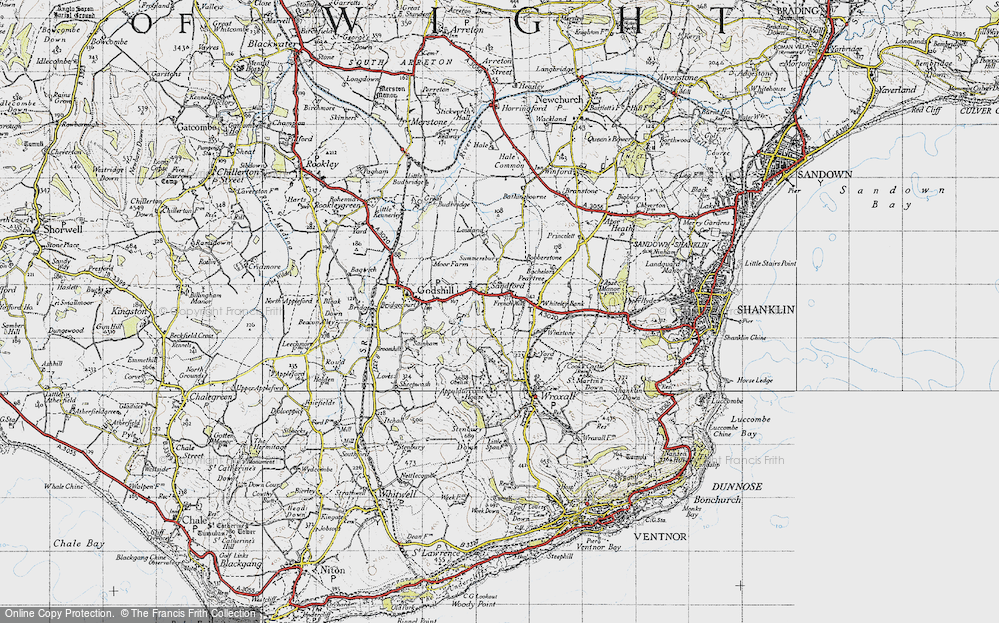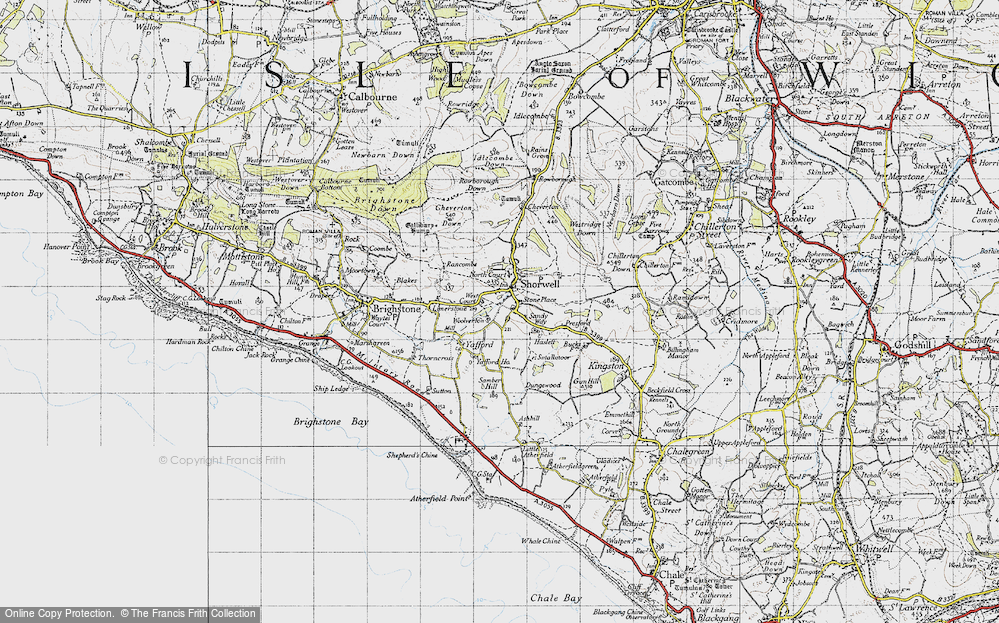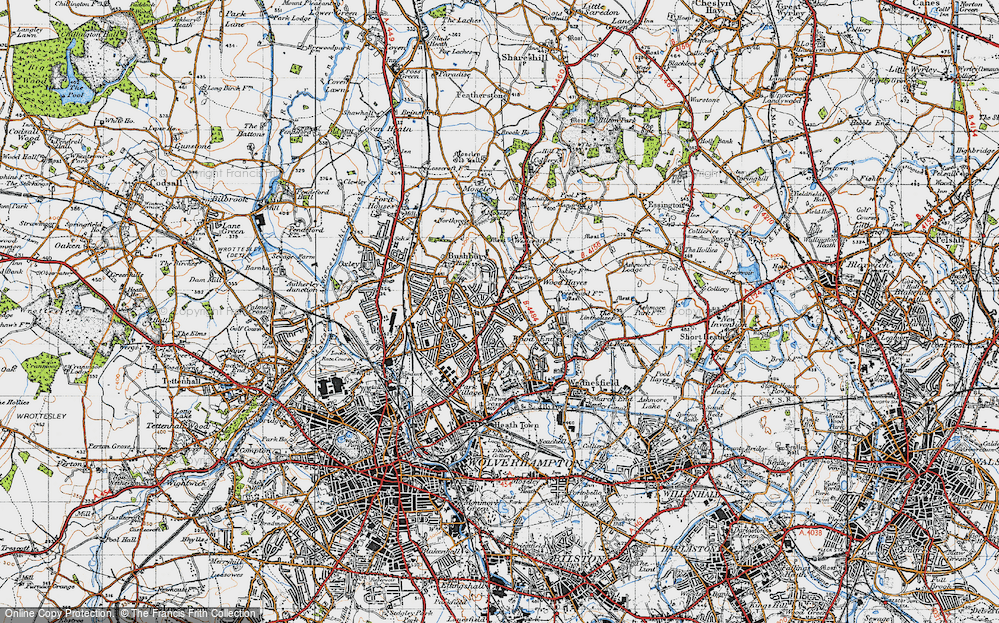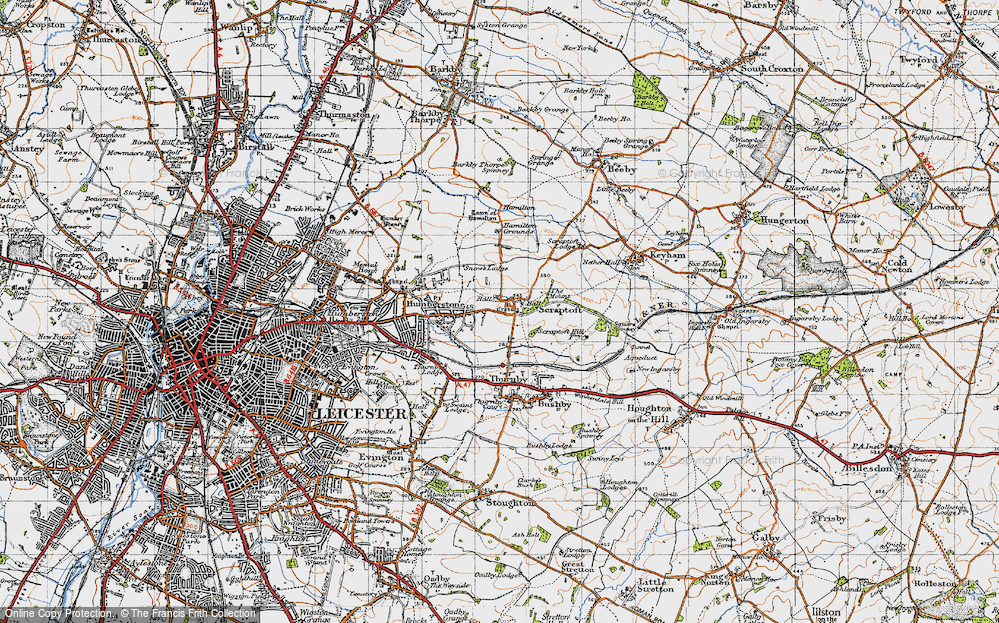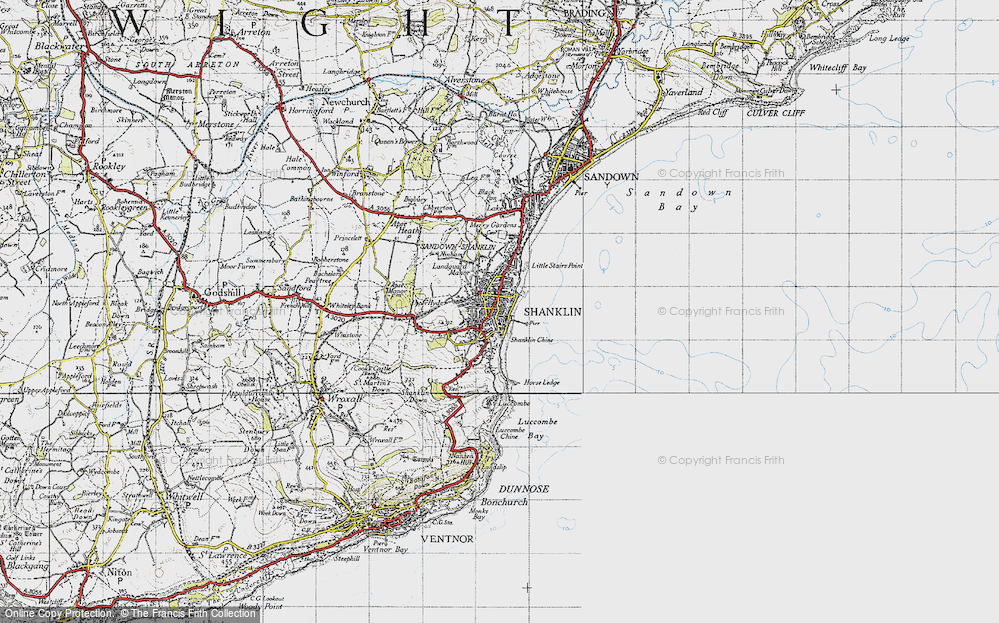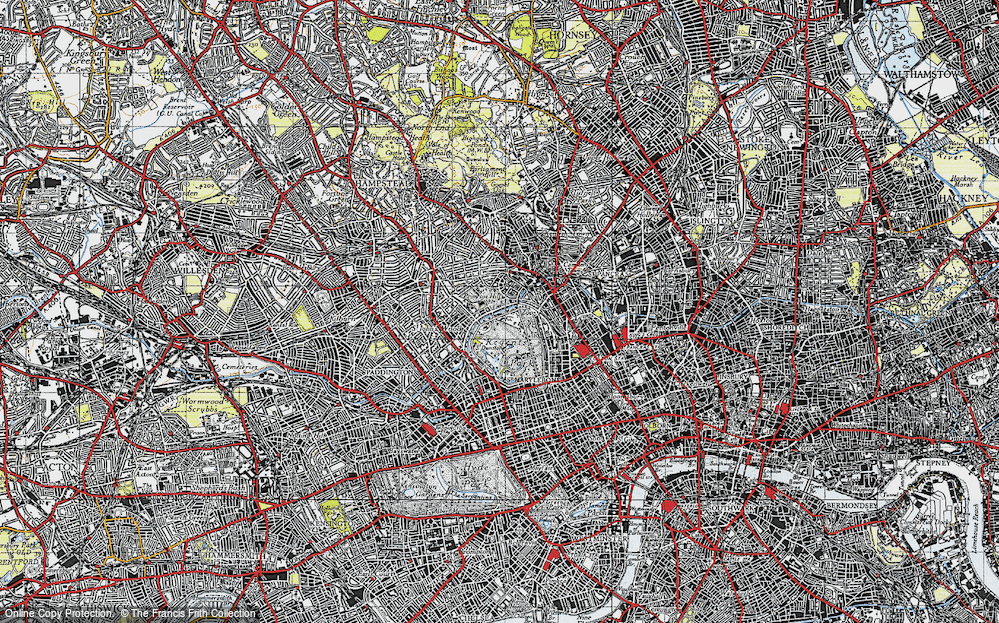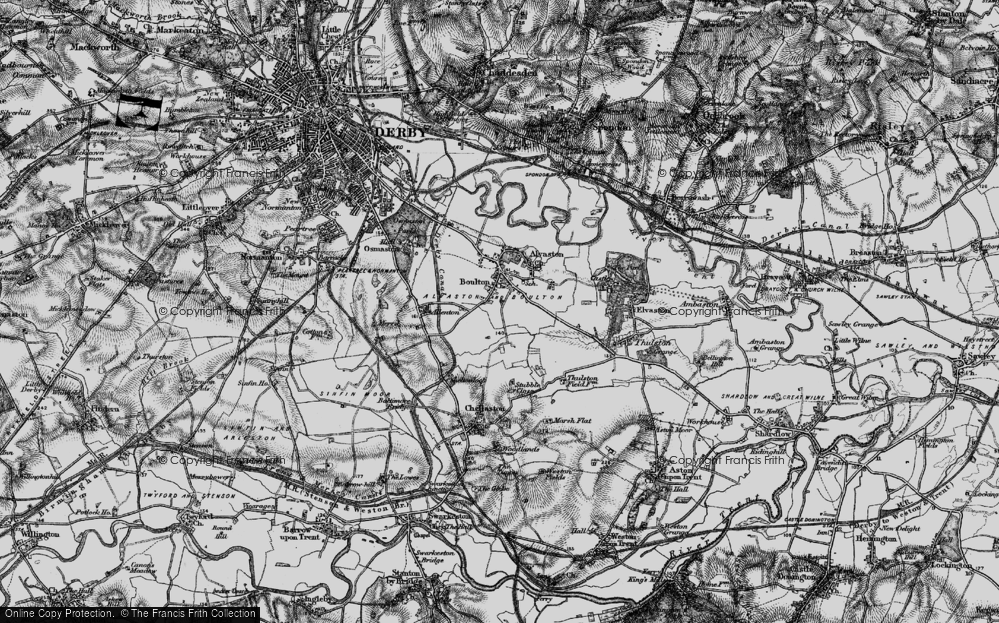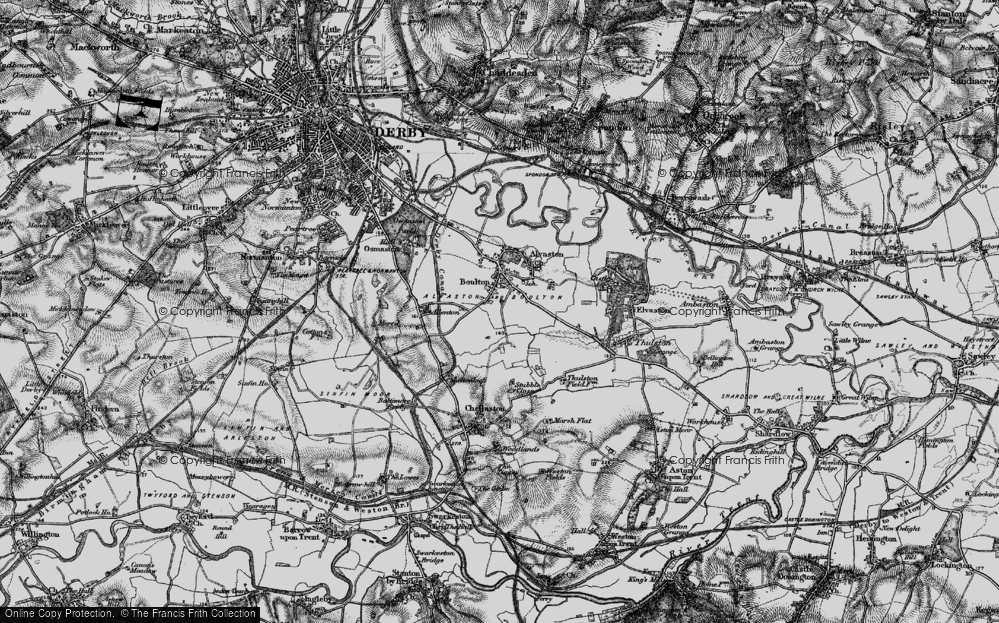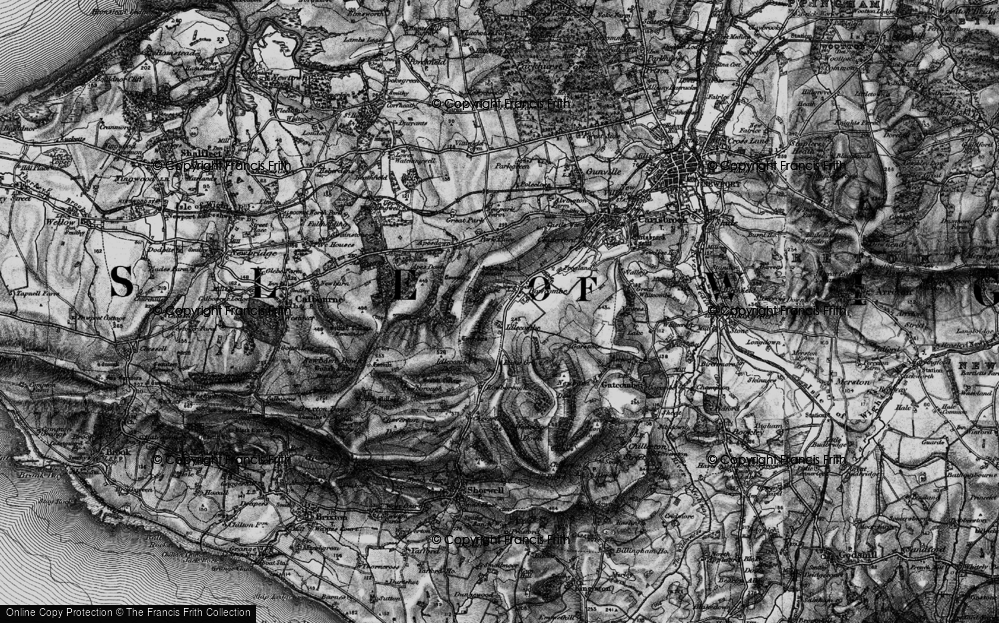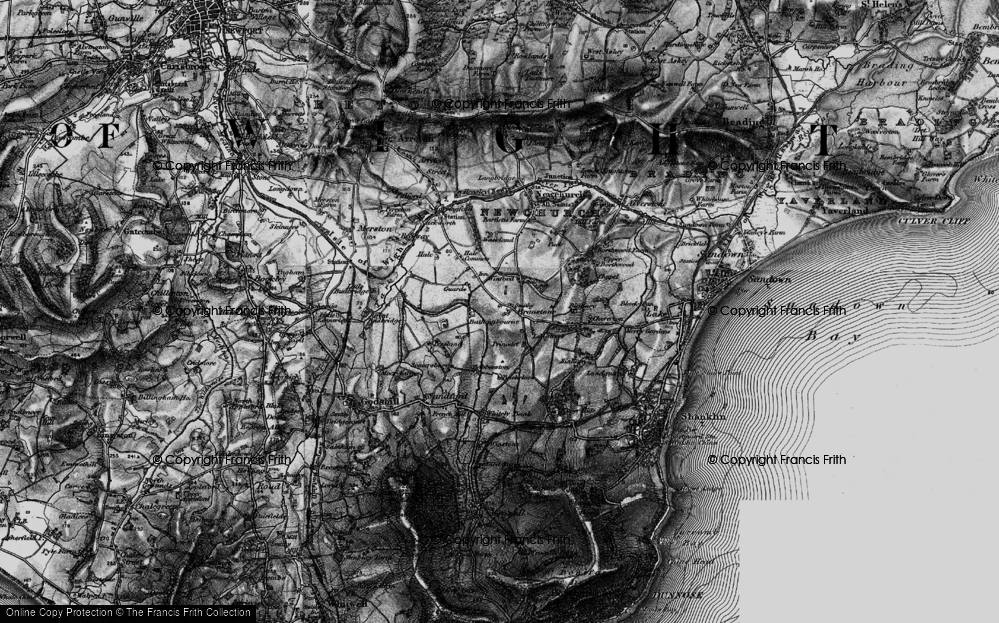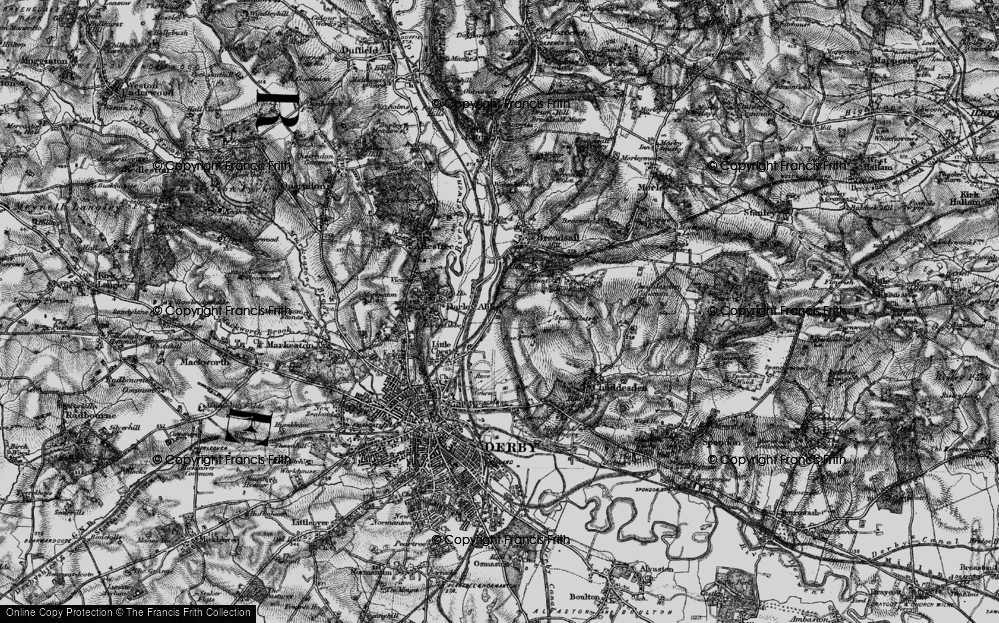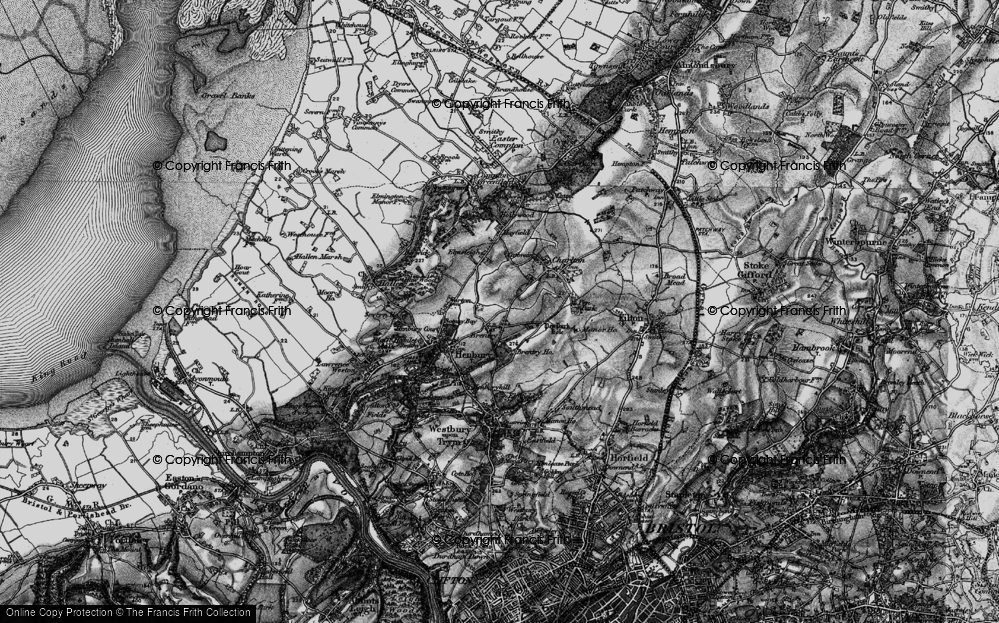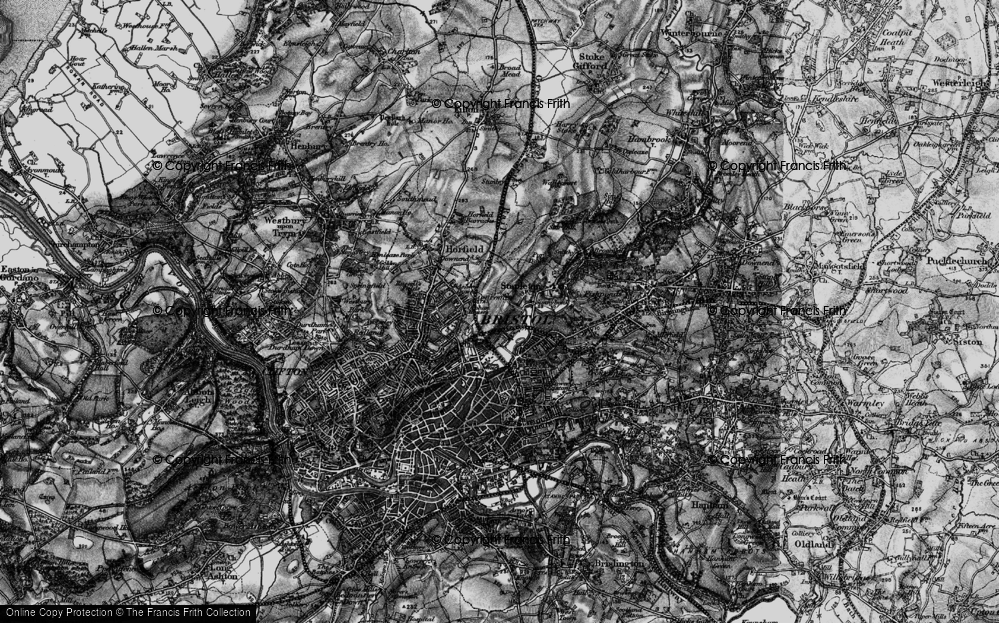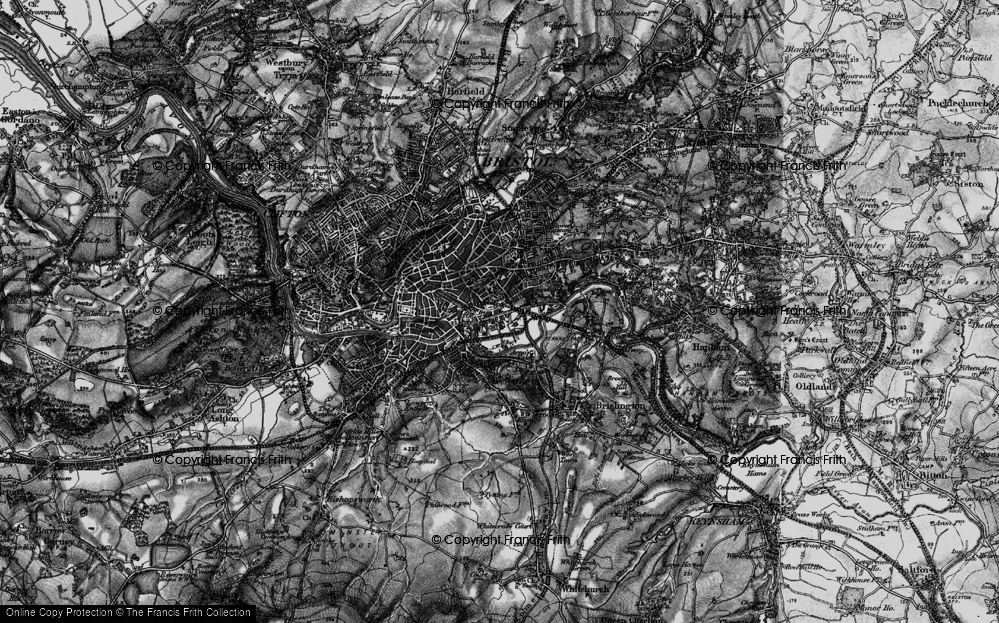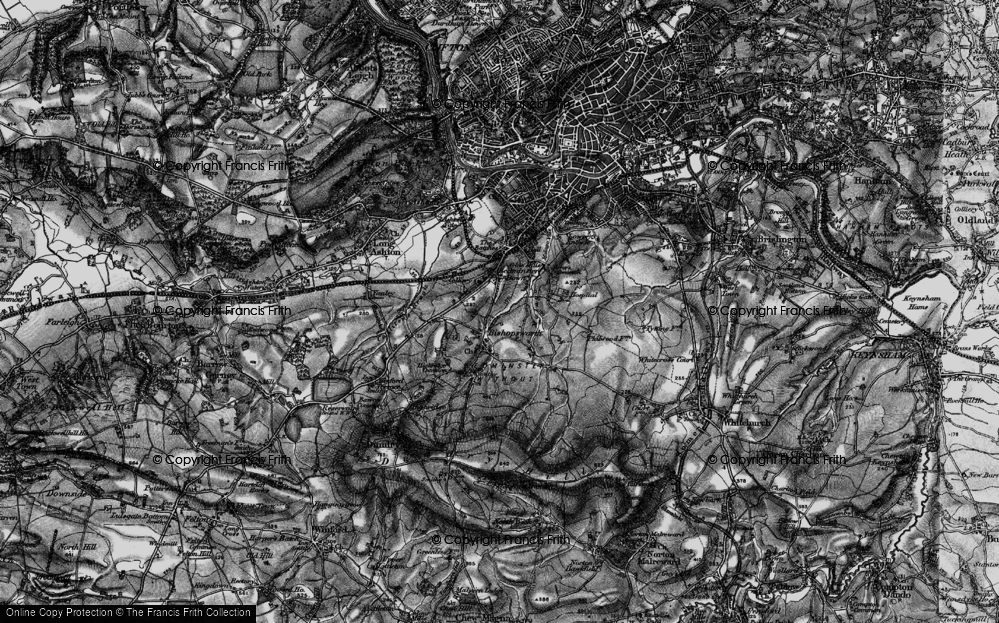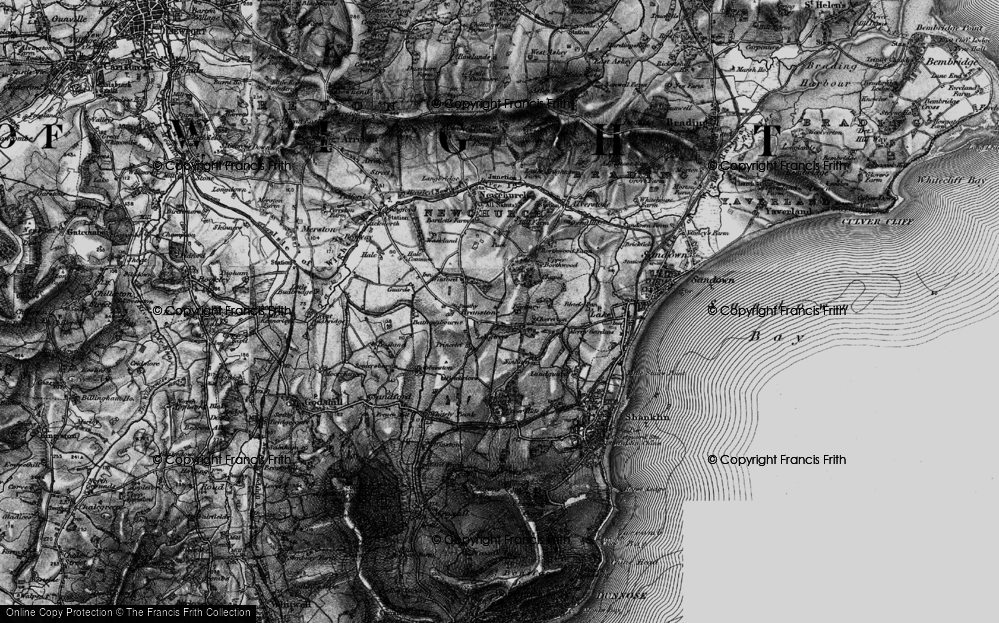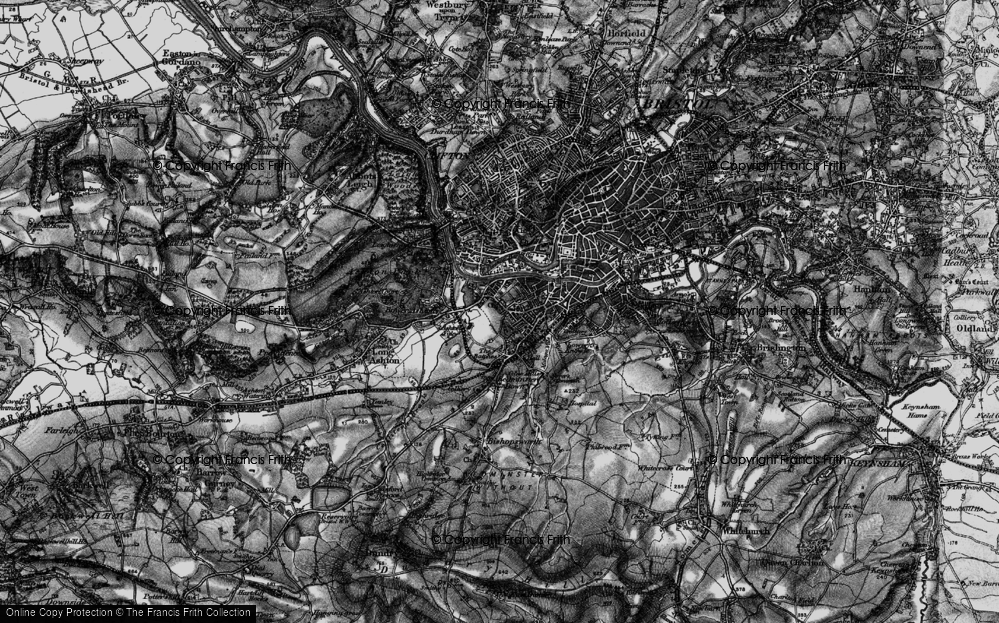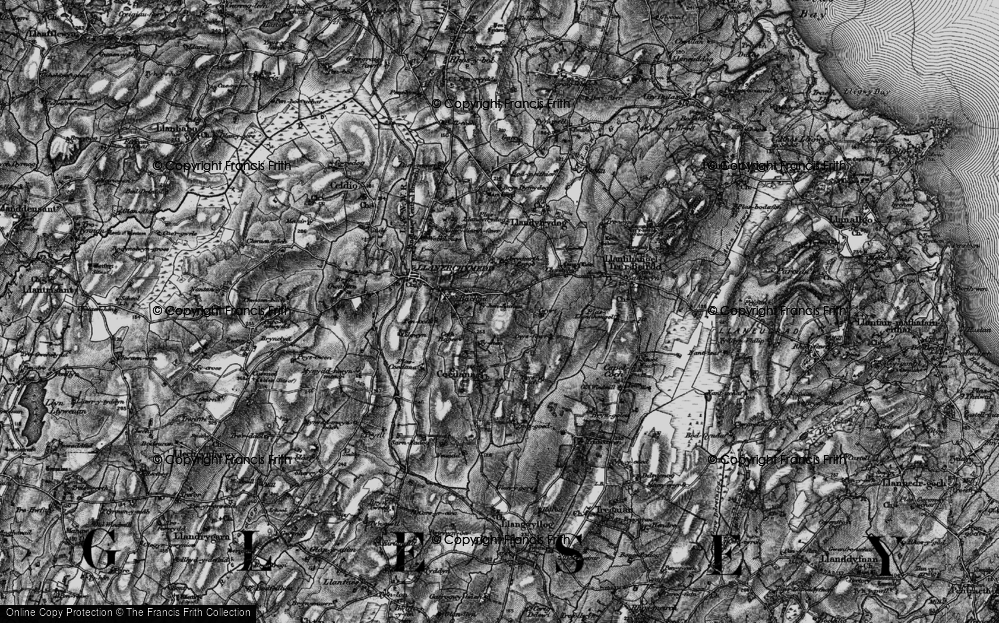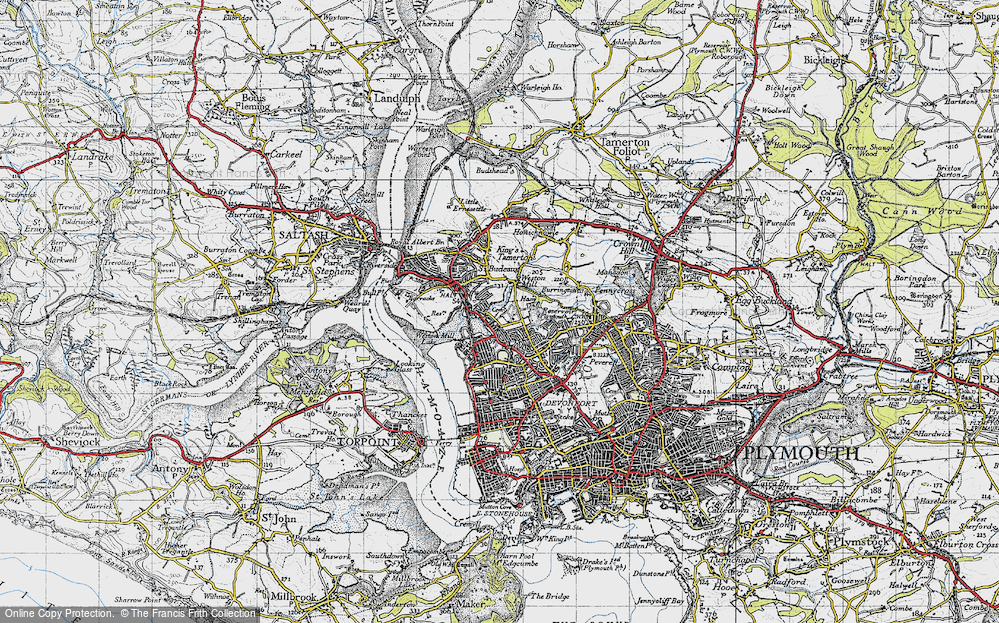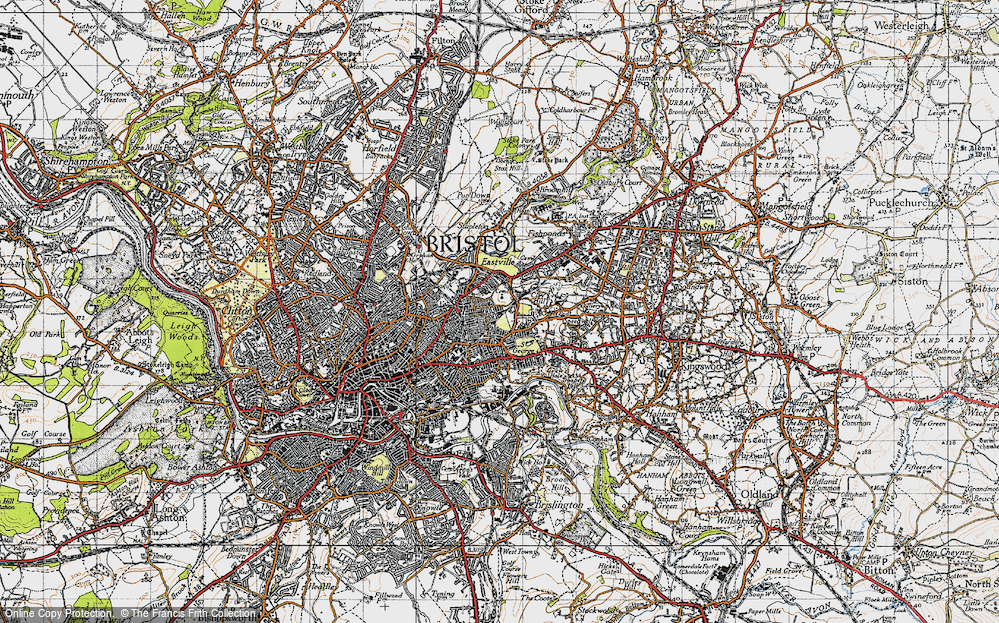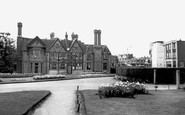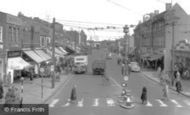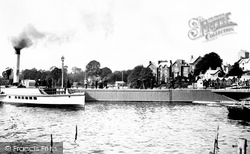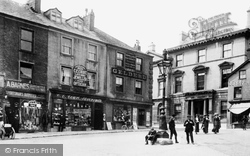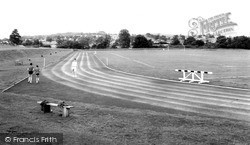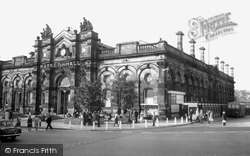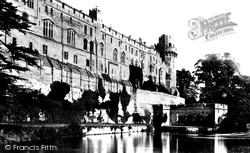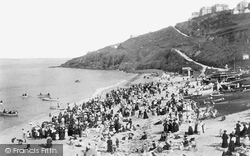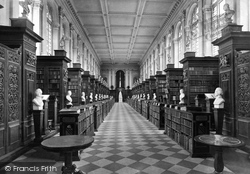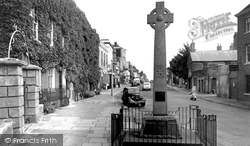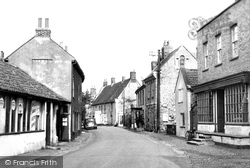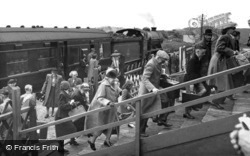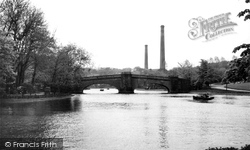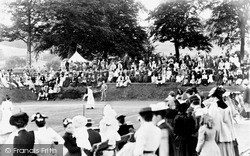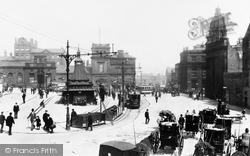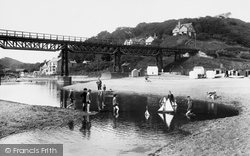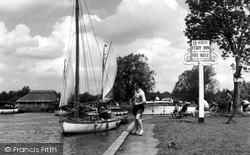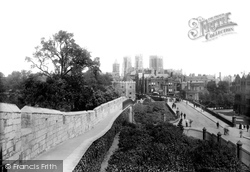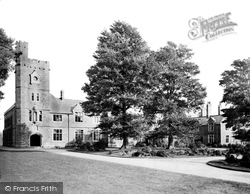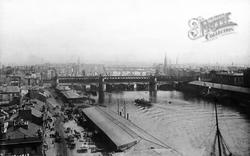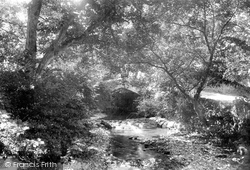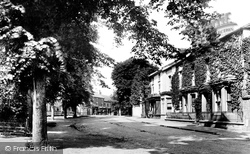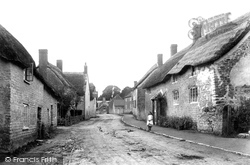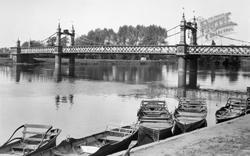Places
Sorry, no places were found that related to your search.
Photos
Sorry, no photos were found that related to your search.
Maps
7,034 maps found.
Books
163 books found. Showing results 2,185 to 2,208.
Memories
22,912 memories found. Showing results 911 to 920.
Pardoe's And The Butchers Next Door
I well remember Pardoe's for the new bikes it sold and the fireworks sold there when the war finished. I worked Saturday mornings at the butcher shop next door, delivering meat around the village, Russell ...Read more
A memory of Buckhurst Hill in 1955 by
Childhood Memories We Never Forget
To anyone reading this; I was born Valerie Harding and lived in Wedges Mills and I remember so many things about my childhood in Cannock. The Maypole dancing at John Woods school, attending Church each Thursday ...Read more
A memory of Cannock in 1953 by
My Childhood In Southall
My parents were born in India. My grandfather settled in Africa and had a good job. When my father got married he stayed Africa where all my brothers and sisters were born. My dad was a carpenter by trade; he arrived in ...Read more
A memory of Southall in 1962 by
Lots Of Coal Dust
Born in 1942, my earliest memories of Thurnscoe was living at 25 Taylor street. When I was four we moved to 137 Thornley Crescent. I attended both Houghton Road Infants and Junior schools. One name sticks in my memory; Mrs Cook - ...Read more
A memory of Thurnscoe in 1942 by
Good Memories
I spent a few days in London for the Queens Diamond Jubilee last year. I decided to pay a visit to where I use to live in Welling. After reading some of the stories it certainly brought back memories. Like going to the Embassy on ...Read more
A memory of Welling in 1950 by
Happy Days In St Albans Road, Late 40's And 50's.
I lived at 90 East Hill just by the corner of St Albans. In St Albans lived all my little pals; Robert Ball, David Shaw, Peter Richardson, Frankie Taylor and Graham Wilson. We played in the street on ...Read more
A memory of Dartford in 1948 by
Living In Harold Hill
I lived in 71 Hailsham Road off of Straight Road till we sadly moved in the April of 1971. I always remember; the Grammar School, at the back of Appleby Drive we used to have Saturday fetes with the small steam train ride, ...Read more
A memory of Harold Hill in 1967 by
Eastern Electricity Board Apprentice Training School
I attended the 'boards' training school based at Harold Hill, along with 79 other apprentices during 1960/61... I shared lodgings at Collier Row for the first year of the apprentice training ...Read more
A memory of Harold Hill in 1960 by
Family Tree
My grandmother and mother were born at Adwick Le Street. Lucy Simpson in 1916, daughter of Thomas and Sarah Simpson. Lucy married John Sargent from Thyristor and my mother Joyce was born in 1937. They emigrated to Australia where our family is today.
A memory of Adwick Le Street in 1910 by
Growing Up
Remembering my childhood memories in Cossall, what fun we had. I lived on The Glebe from 1953 for 50 years. I remember the cold winters, waking up in the mornings with ice on the inside of the bedroom windows, going to Top School and ...Read more
A memory of Awsworth in 1953 by
Your search returned a large number of results. Please try to refine your search further.
Captions
9,654 captions found. Showing results 2,185 to 2,208.
A smartly-painted Windermere steamer sets out, with the Old England Hotel, one of many which sprang up in this little town as tourism took hold in the Lake District at the turn of the 19th century, in
At the time this photograph was taken, Ulverston was still a busy commercial port linked to the River Leven by the mile-long Ulverston Canal, England's shortest.
As well as indoor facilities (see R84059, above), an athletics track, tennis courts, soccer pitches and a bowling green are all available at the sports centre, which occupies a semi-rural site not far
The outside stalls made way for flower planters and trees, and neat railings direct foot traffic to safer road crossings.
The domestic buildings of Warwick Castle are situated on the southern side of the fortress overlooking the river.
Holiday time at the beginning of the 19th century. The meeting of two worlds is illustrated by the seine net boats still drawn up on the sand.
The statue at the end is of Lord Byron. The library houses many famous manuscripts, including ones by Milton, Macaulay, Thackeray and Tennyson.
The Manor of Lymington was created at the time of the Conquest, and was granted to Earl Roger of Shrewsbury.
Two of the buildings in this narrow main street are former inns: the one on the right, with its fine 19th-century shopfront, and the large building at the end of the street, which was built in the early
The 'Holiday Camps Express' ran from London to Caister and the other Norfolk holiday camps at California, Scratby and Hemsby every Saturday in summer from 1934 to 1938, and again from 1948 to 1958.
This photograph shows the impressive footbridge which spans the lake, but it also reminds us that Burnley is an industrial town; the chimneys are those of the Burnley Brick and Lime Co Ltd, which had works
At the beginning of the 20th century, Moffat attracted tourists wishing to sample the delights of the nearby sulphureous-saline wells.
Despite the rapid population growth and relentless outward expansion, the countryside, in the form of ancient woodlands, riverside walks and moorland, was still within relatively easy reach of
The railway line continues past the houses and the stone bridge of East Row, whilst the flow from the beck makes a tempting paddling pool.
It is said that this point on the River Bure has seen various means of crossing from one bank to the other for the last thousand years.
This view looks towards Lendal Bridge and the towering bulk of the Minster.
Only a few years after removal to this site, the new school building was in place. But it was not quite complete.
This overhead view of the Broomielaw area of the city shows the George V bridge in the foreground.
Horner Water winds through a steep, densely- wooded vale, which lies below the abrupt northern slopes of Dunkery Hill, Somerset's highest point.
Today Albrighton is known to most people because of its proximity to the RAF base at nearby Cosford.
Looking westwards along the village street from near the Loders Arms (far left) we can see the Farmers' Arms Inn (centre) and trees at Loders Court, behind Church Farm House (centre).
The domestic buildings of Warwick Castle are situated on the southern side of the fortress overlooking the river.
From 1874 there was a long period of depression, and farmers found it increasingly difficult to make a living on the land through a series of wet summers and bad harvests.
The River Trent at Burton is now crossed by three bridges: Burton Bridge, built in 1864, the iron Angelsey Bridge and the Stapenhill Viaduct, which is in fact a footbridge.
Places (0)
Photos (0)
Memories (22912)
Books (163)
Maps (7034)


